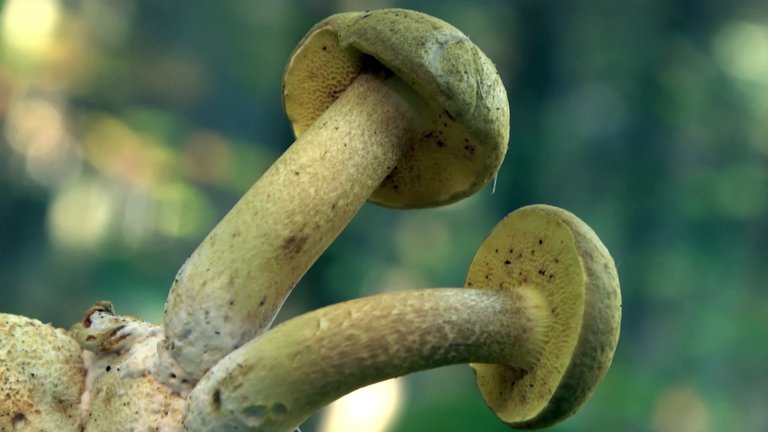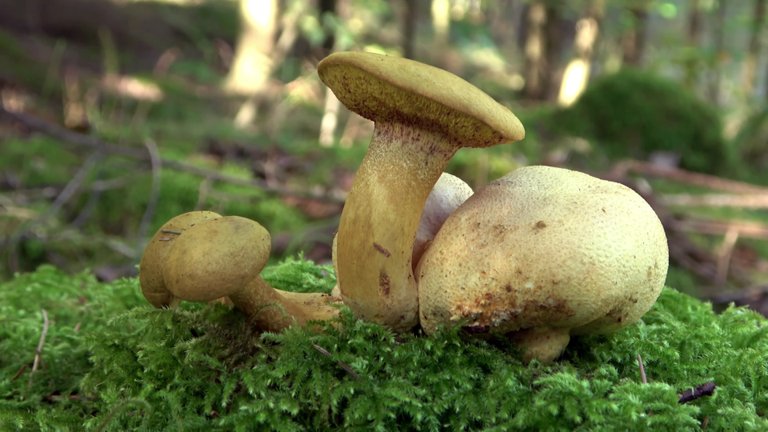Parasitism occurs throughout nature - Parasitic bolete (Pseudoboletus parasiticus)


Parasitism is a common phenomenon in nature, it occurs in all animal species, humans and plants. It also includes mushrooms. One such example is a mushroom called Parasitic bolete

This is a very rare fungus that parasitizes another fungus called Scleroderma citrinum.

Several Parasitic bolete fungi usually grow on one fruiting body of Scleroderma citrinum. The sucked fruiting bodies of the telescope are usually distorted and deformed with visible impairment.

The Parasitic bolete's cap is most often grey-yellow, olive-gray in color. Similarly to the bay bolete, young specimens are semicircular, and with age they become flat and cushion-shaped.

They are not very impressive. They can reach up to 2-8 cm in diameter. The surface of the hat is suede, dry, and sometimes may be cracked.


The tubes are light yellow in color, the pores are the same color as the tubes, but with age their color changes to rusty, brick red.


The leg is covered with fine hairs. It is the color of the hat. It has a cylindrical shape and its thickness does not exceed 2 cm. It's full inside.


The pulp has a mild taste and a slightly mushroom smell. The color of the flesh is grey-yellow. It is an edible species, but due to its rarity in many countries it is protected.




I'll have to keep a closer look out on our Boletes.
It's worth it, sometimes it's surprising 😀